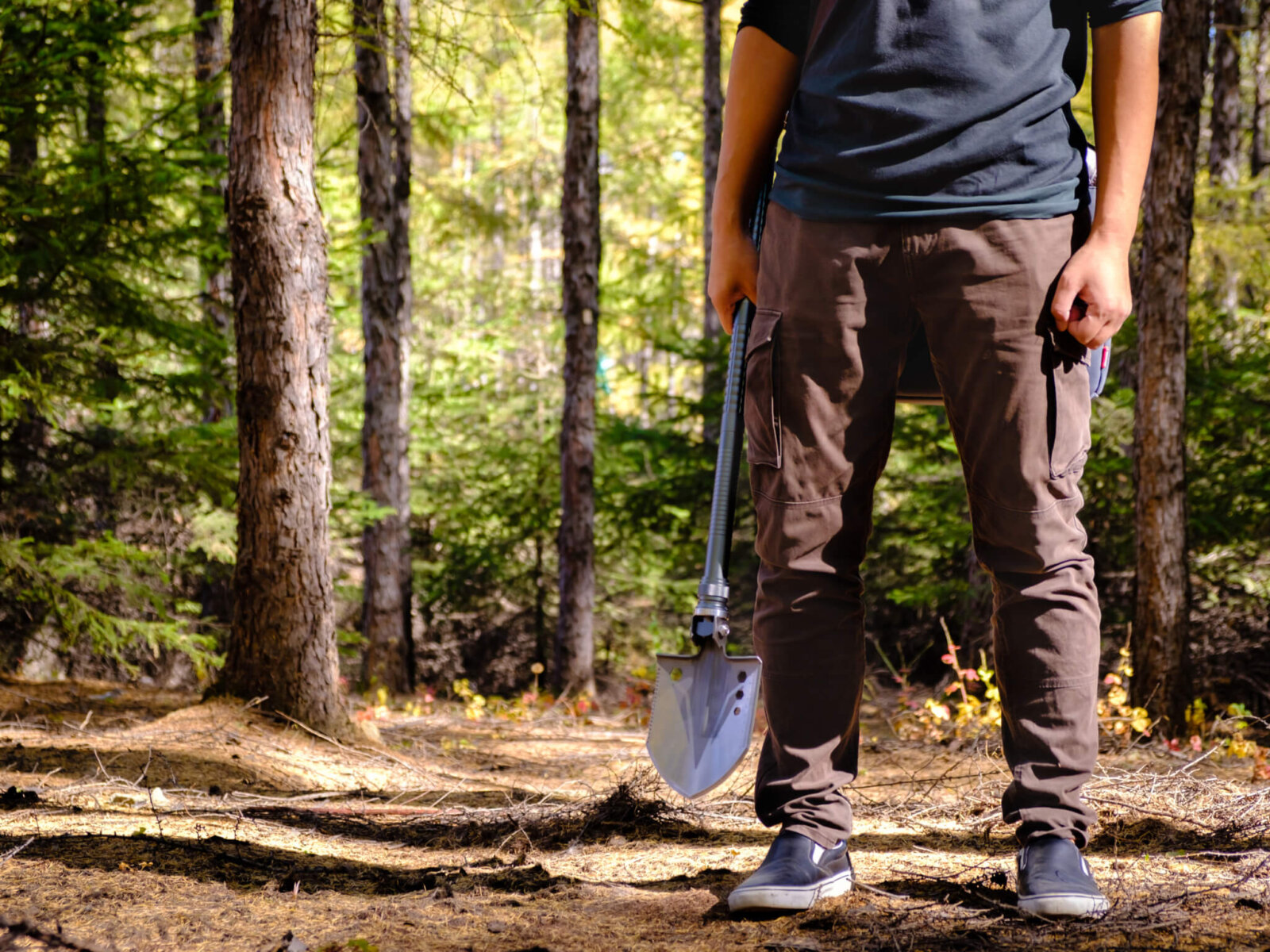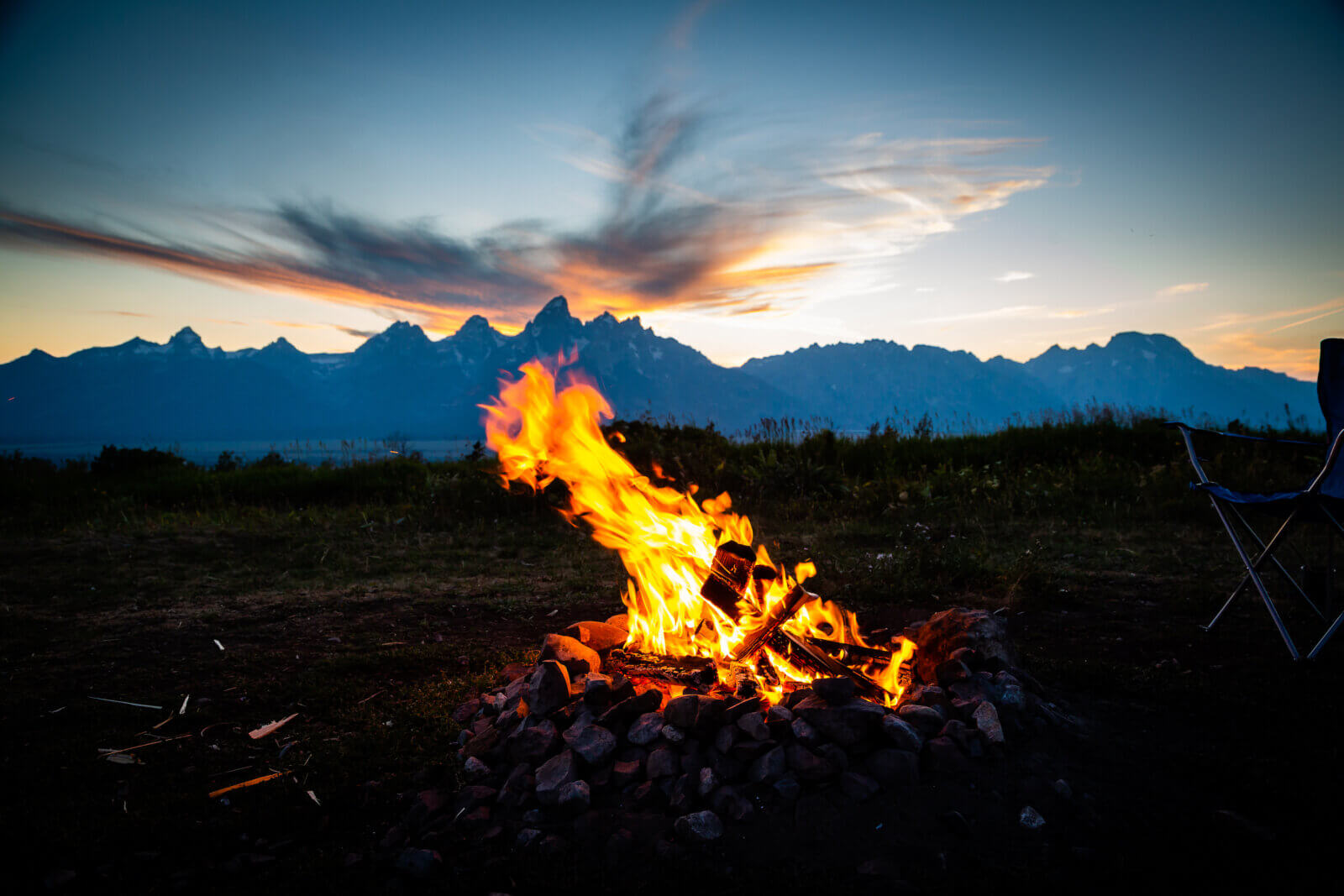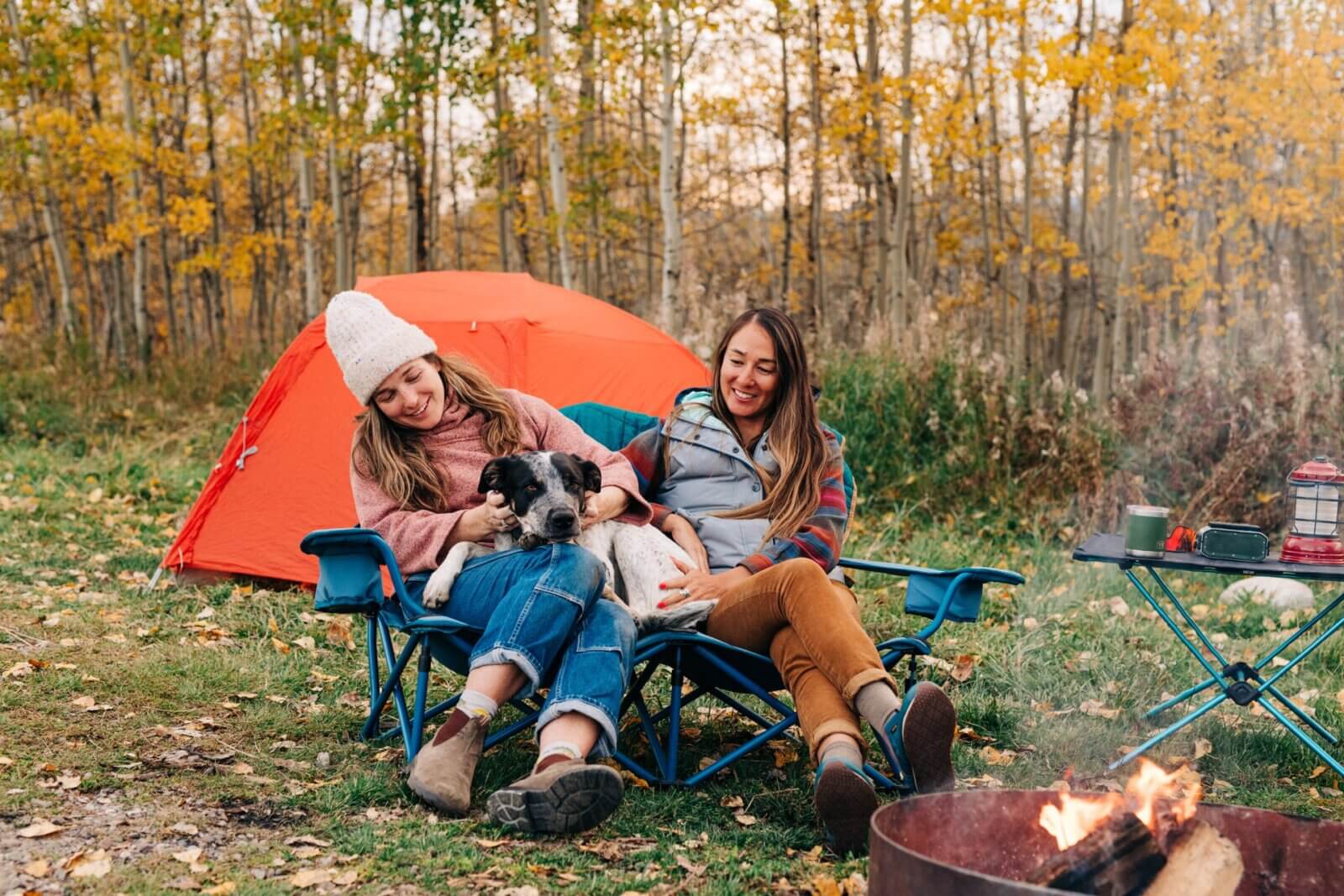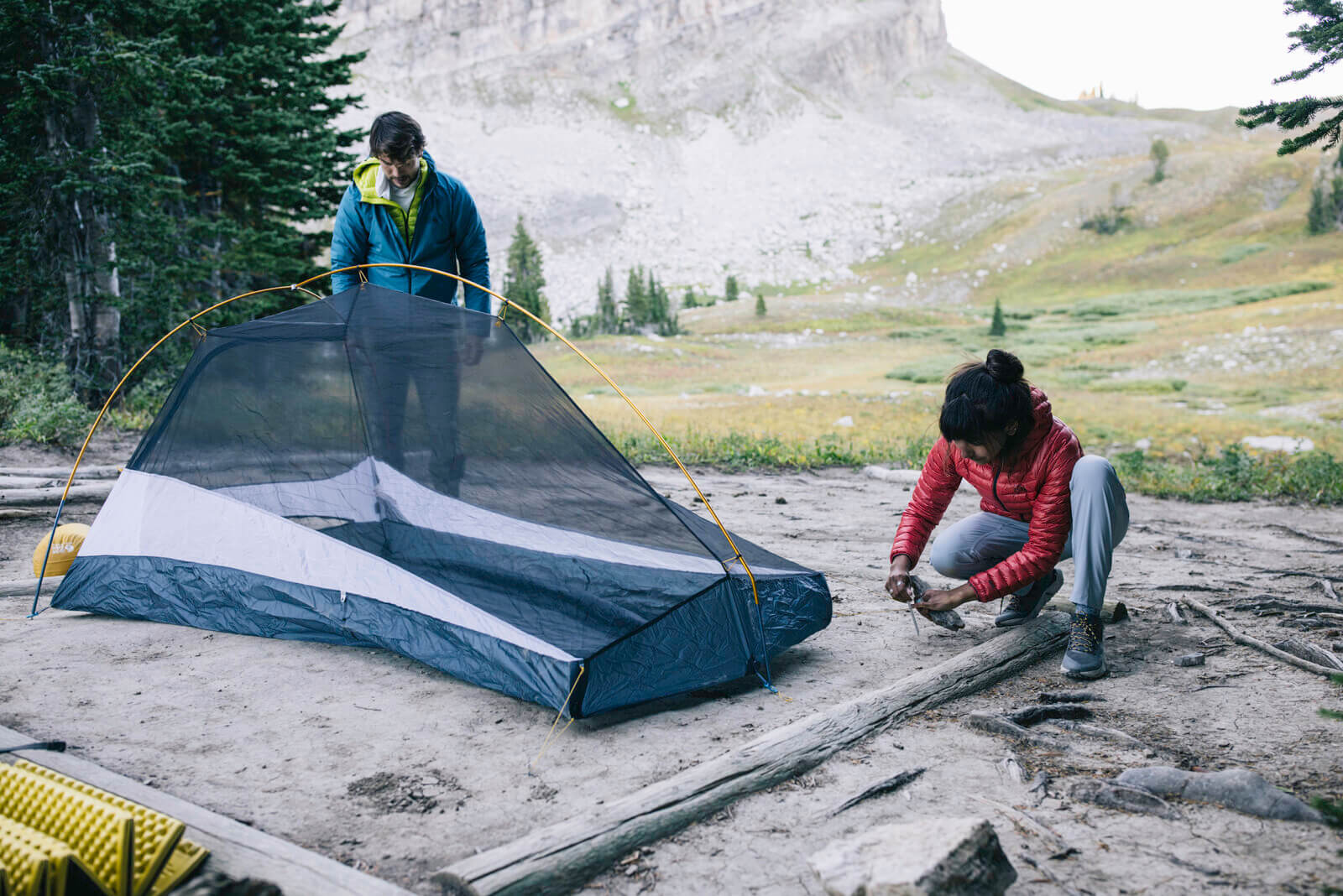How to Plan Ahead for Camping in Jackson Hole
The better prepared you are, the more you’ll enjoy making camp.
We think sleeping under the stars in the shadow of the Tetons is the best way to have a true Jackson Hole experience.
However, whether this is your first or 50th time backpacking, tent camping, or RVing, there’s a lot to know about local regulations, reservation systems, tips, and tricks.
Car camping
Car camping in national parks
When it comes to camping in Grand Teton National Park, there are various options to choose from. You can camp in either one of the five campgrounds located in the park or you can opt for backcountry camping. The park campgrounds are open from mid-May to late September and reservations are highly recommended. You can make your reservation online through recreation.gov up to 6 months in advance or by calling 877.444.6777. There are always a few first-come, first-served sites open, but if you’re traveling in July and August, we don’t recommend showing up without a reservation.
Similarly, Yellowstone National Park has 12 campgrounds with close to 2,000 established campsites. Virtually all of them must be reserved through recreation.gov or Yellowstone National Park Lodges in advance. There are a couple of first-come, first-served sites, but competition is fierce from mid-June through mid-September. Policies change year-to-year, but for summer 2023 a handful of sites on recreation.gov don’t open up for reservations until June 1 to accommodate late reservations.
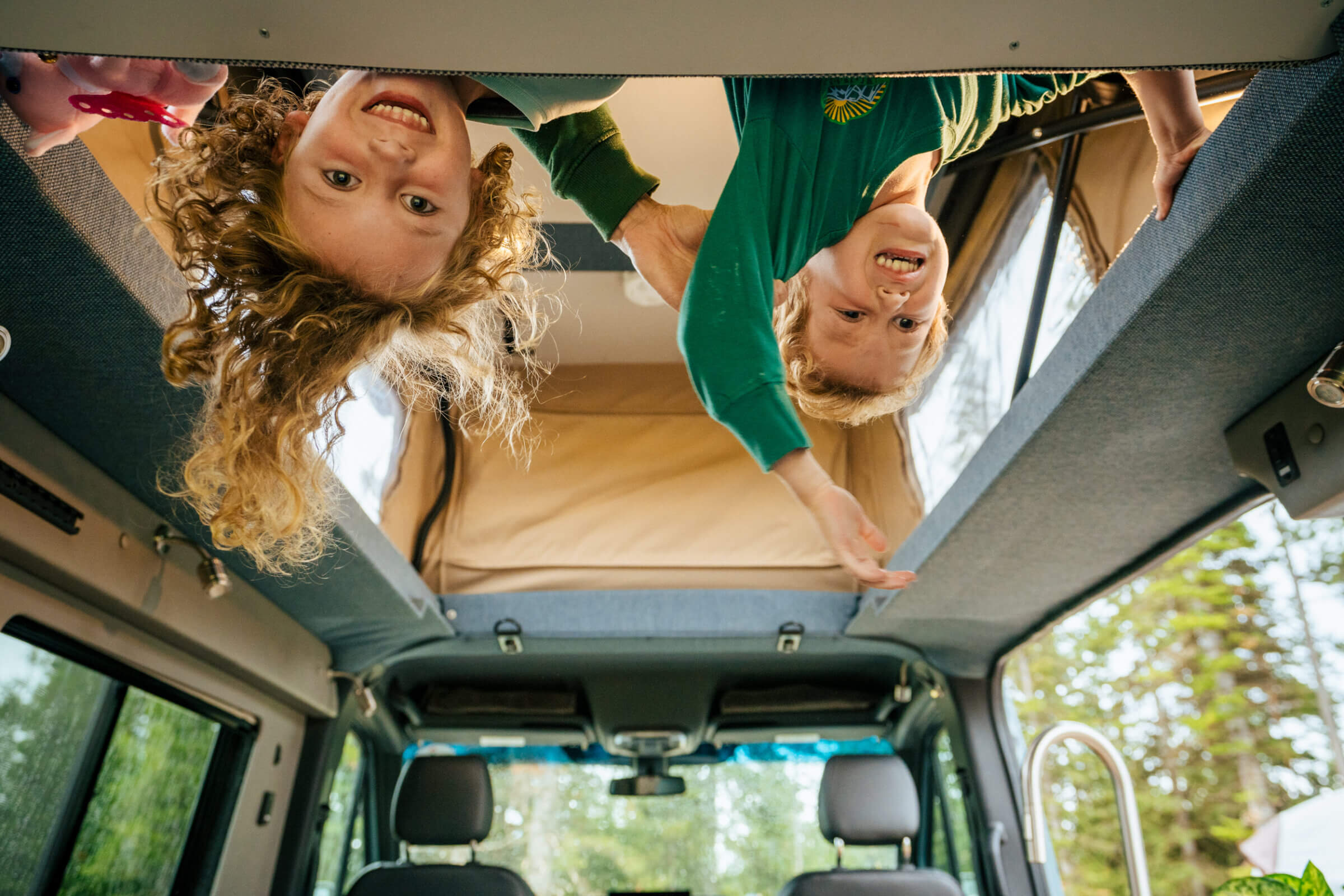
Car camping on public land: dispersed camping and public campgrounds
Outside the national parks there are a lot of options to choose from, but in peak season securing great spots can be competitive, and without a reservation it’s first come, first served. Sometimes the best strategy is to look in the early morning before you start your day’s adventure and find spots where people are packing up to leave. This way when the day is done, all that’s left to do is relax.
You can camp in either of the developed campgrounds in the area or opt for a more rustic experience by camping in Bridger-Teton National Forest. The forest offers a variety of camping options, including established campgrounds and dispersed camping.
Information on Jackson campgrounds in Bridger-Teton National Forest
Map of Dispersed campgrounds in Bridger-Teton National Forest
Car camping responsibly
There’s no substitute for nature. It sustains us. Connects us. Inspires us. But humans have an impact, and the places we love are at risk. When you recreate responsibly and follow Leave No Trace principles, you’ll have a better experience while showing you care, and that makes a big difference. When we all do our part (even the locals consider themselves visitors) we keep forests healthy, protect our parks, keep wildlife strong, and ensure everyone is welcome to enjoy these remarkable places together.
- Stay on Designated Sites
- To protect the natural environment, park your vehicle in designated spots and pitch your tent only on marked campsites. You can still sleep under the stars, but do so in a designated zone.
- Be Safe with Fire
- Only use existing fire rings. To reduce the risk of wildfire, never leave campfires unattended and bring extra water to extinguish your campfire.
- Always check current fire restrictions at tetonfires.com.
- Dispose of Human Waste Properly
- Dig a deep hole away from water or bring a portable toilet system (required in Yellowstone and Grand Teton National Parks). Pack out used toilet paper and feminine products along with any garbage.
- Be Bear Aware
- Keep your bear spray handy and store all items with a scent inside a vehicle (food, garbage, drinks, toiletries). Coolers aren’t bear-resistant. Never burn empty food containers.
Local Tip
Willing to brave the cold weather and set up camp in winter? Most Yellowstone and Grand Teton National Park campgrounds close in the fall, but there are a few options for winter camping. The Mammoth Campground is managed by Yellowstone National Park and is open year-round to tents and RVs. Lucky owners of 4-wheel drive RVs and vans can also get a leg up on early-morning powder skiing at Grand Targhee Resort, but a reservation is required. Jackson Hole Mountain Resort and Snow King Mountain Resort don’t have any camping facilities in summer or winter, and camping is prohibited in parking lots.
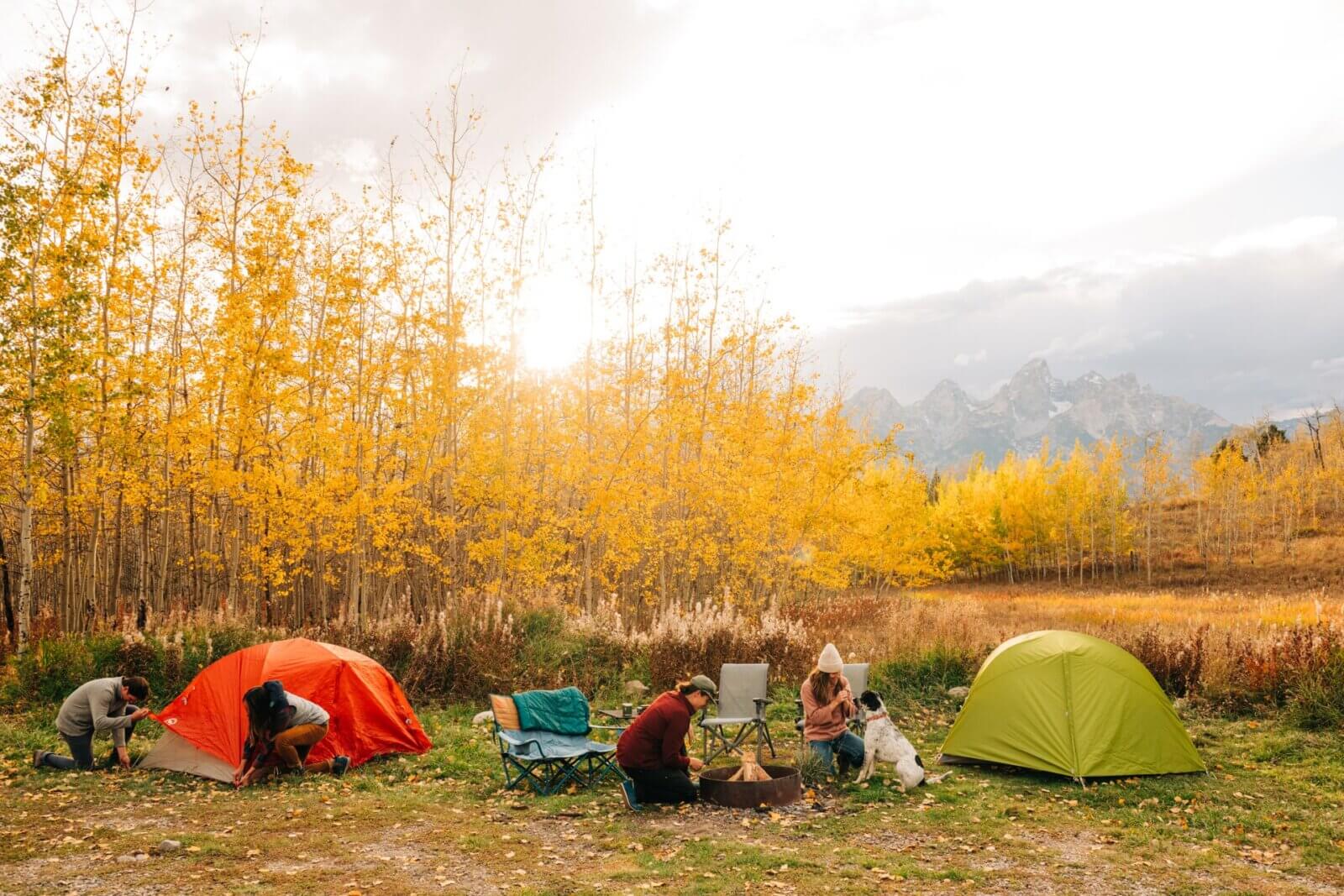
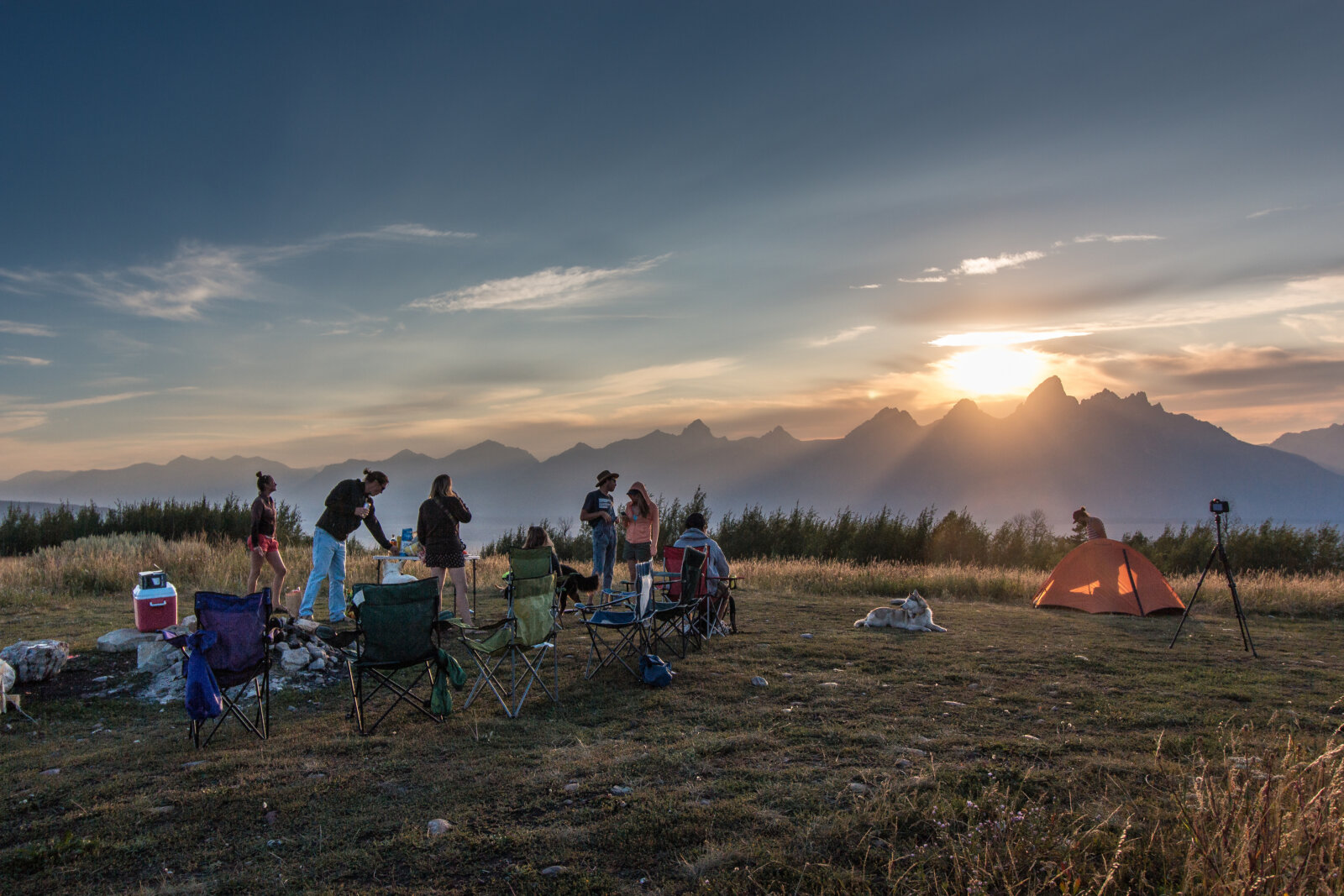
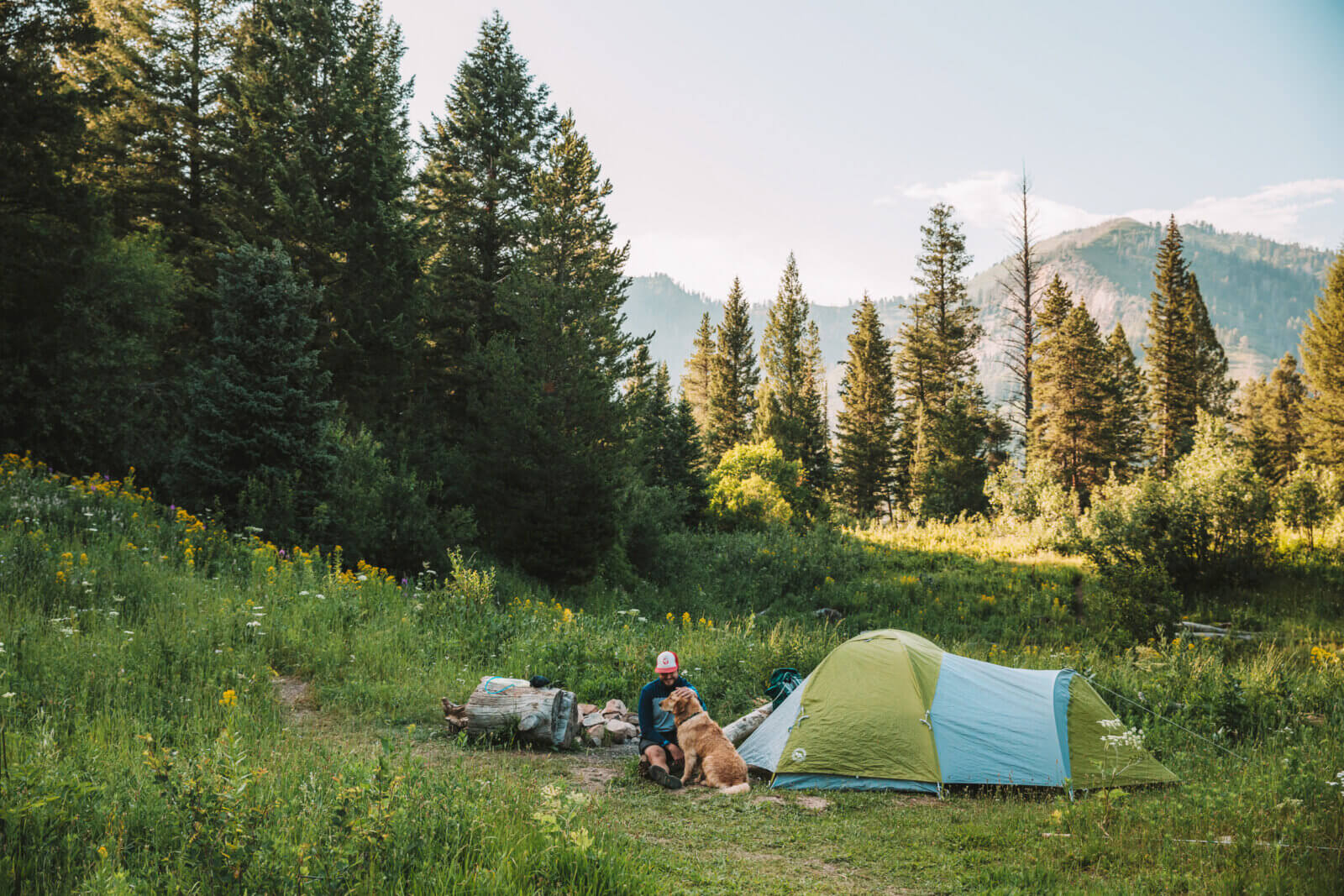
Backcountry Camping
If you prefer to camp in the backcountry in the national parks, you must acquire a backcountry permit. Permits are available to reserve in advance as well as on a first-come, first-served basis. For information, check out our How to Get Into the Backcountry post or visit the national park backcountry permit links below.
At this time, no permits are required for backcountry camping on the Bridger-Teton National Forest (outside the national parks) except for commercial use. The BTNF’s Gros Ventre Wilderness is our secret gem and top recommendation for exploring gorgeous, remote areas with spectacular views and the best chance to escape other people.
Backcountry camping responsibly
Selecting appropriate campsites in remote areas is the most important aspect of low-impact backcountry use and involves judgment about finding solitude while minimizing impact on the wild. Regulations require camping at least 200 feet (about 70 adult steps) away from both trails and the water’s edge. This rule allows access routes for wildlife and protects water quality.
Cooking areas, tents, and backpacks should be located on rock, sand, or gravel (not vegetation). In untouched places, it’s best to spread out tents, avoid repetitive traffic routes, and move camp every night. When breaking camp, take time to naturalize the site by covering scuffed areas with native materials (such as pine needles), brushing out footprints, and raking matted grassy areas with a stick to help hide any indication where you camped.
No matter where you go, camping in the Tetons in the summer is an unforgettable experience, but it can turn into a nightmare for your family and our fragile environment if you aren’t prepared. Know your options, reserve your spot early, and adhere to the Leave No Trace principles.
Local Tip
Can’t find a campsite in Grand Teton National Park? Teton Canyon, on the west side of the Tetons which is accessed through Driggs, Idaho, offers access to a number of glorious trails into the park (including multi-day pack trips). It’s also much easier to reserve through recreation.gov.
